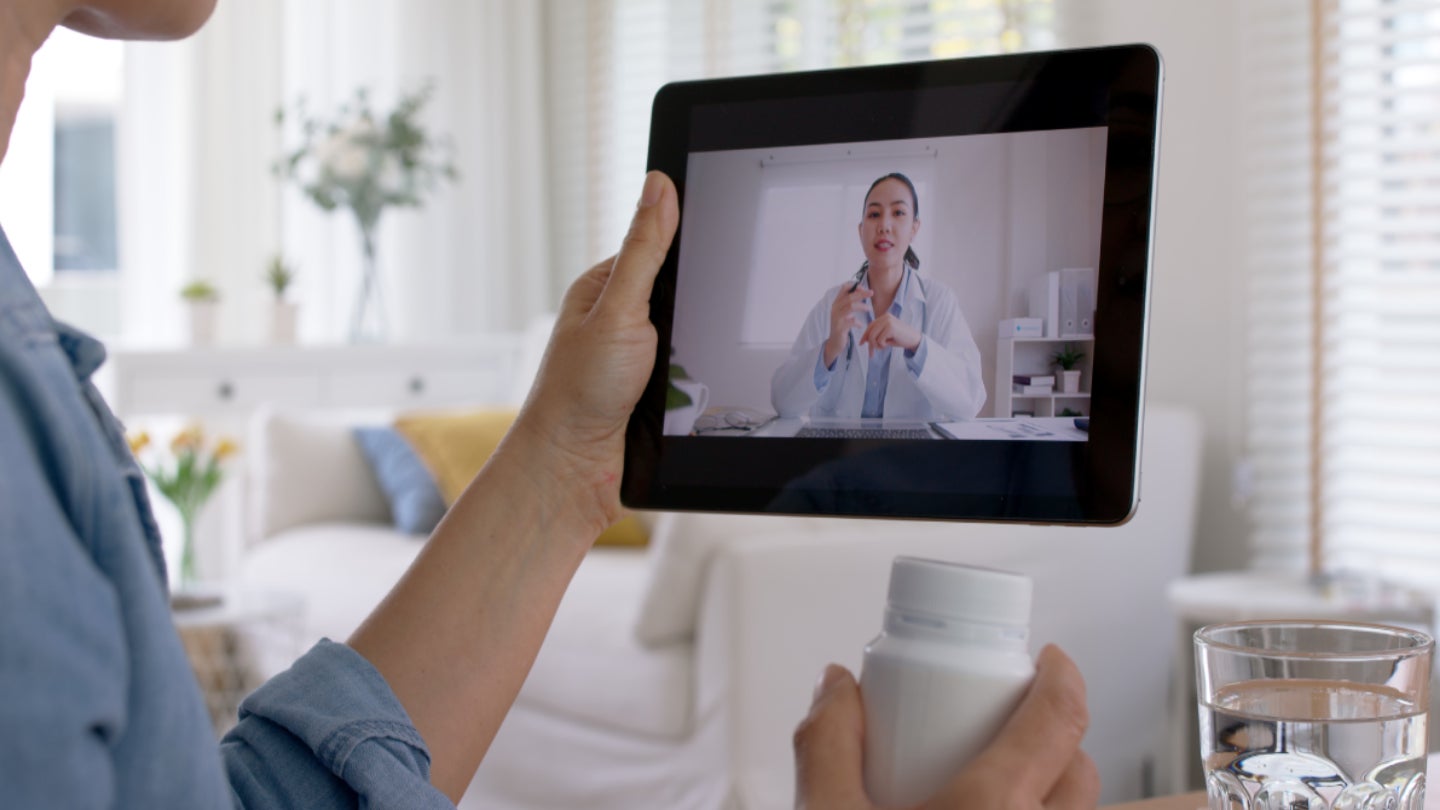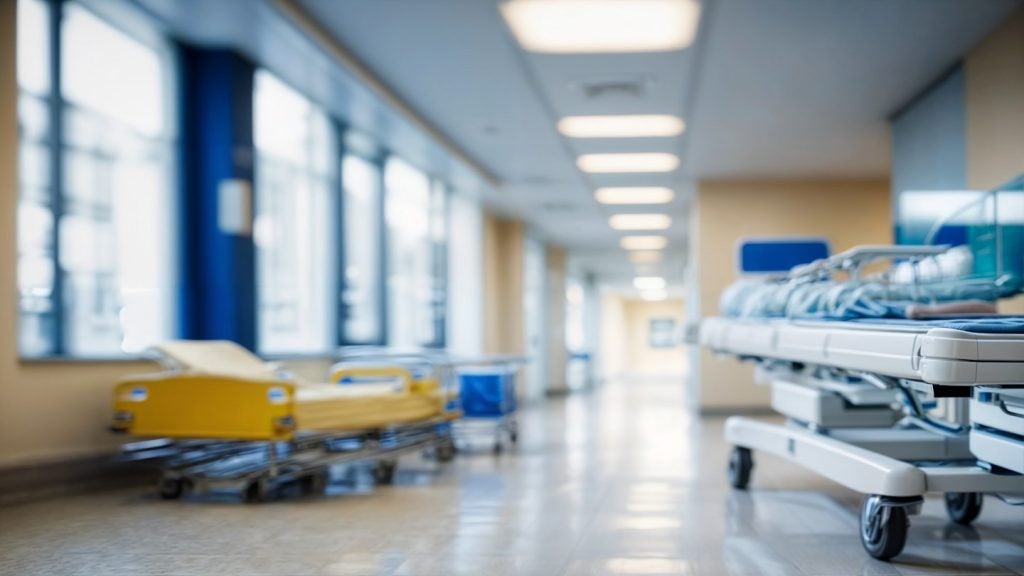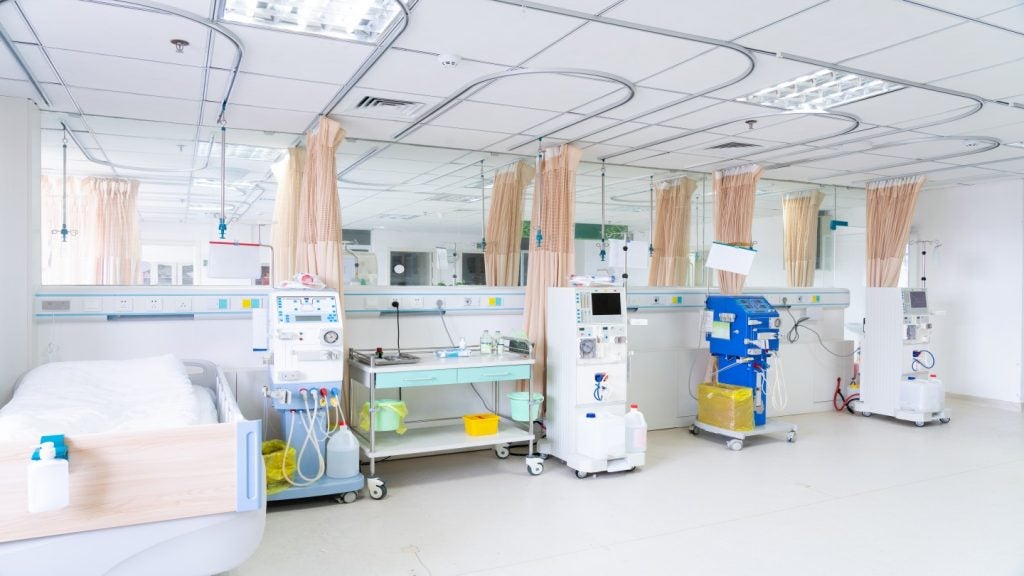
Since the onset of the Covid-19 pandemic in 2019 the world of telehealth applications and remote patient monitoring has sharply risen in terms of market presence and patient popularity as telehealth makes its way into numerous indications and healthcare sectors.
A report published by GlobalData, details how in 2020 the overall market for telehealth apps stood at around $2bn, but in 2024 the figure is estimated to rise to $5bn, with further growth projected into 2030 where it’s estimated to hit $12bn dollars.
The general trajectory of remote telehealth has been on a steady incline since 2019 and provided a lucrative mix of systems that are both financially viable, popular with consumers and clinically proven in some cases to produce beneficial outcomes.
At the same time, the competitively smaller market of remote patient monitoring sat at a value of around $600m, with that value estimated to rise to $760m by 2030.
To that end, Hospital Management is looking at the future and importance of telehealth systems and remote patient monitoring to find out what systems the hospital of 2040 will implement to keep patients out of the hospital in the second or even first instance.
Going Local
The UK’s National Health Service (NHS), has already piloted a remote care system which is designed to keep patients at risk of stroke or heart attack out of hospitals where possible.
The trial involved providing at-risk patients with an app that would allow them to upload their vitals and biometrics from anywhere, with that data delivered to clinicians, allowing them to track nearly real-time biometric data from patients as they continue their daily routines, as opposed to the sedentary situation of a hospital setting.
The trial, run by internet service provider, British Telecom (BT) alongside the NHS, claims to have already prevented an estimated 30 potential cardiac events from 1,090 patients across seven GP surgeries, covering 228,000 patients across the North of England.
It comes as a contribution to the NHS’s current long-term plan to prevent 150,000 strokes, heart attacks and dementia cases over the next 10 years using out-of-hospital methods, ensuring that at-risk patients are able to use services provided by a general practitioner alongside remote monitoring and telehealth apps.
At the same time, BT is keen to point out that this method, whilst providing better outcomes for patients, has the added benefit of potentially saving £1.5m ($1.9m) in healthcare costs over the next three years.
In the US a similar burgeoning industry is emerging, with telehealth and remote monitoring companies becoming much more commonplace in the general administrative ecosystem of the hospital. The US National Institute of Health estimates that approximately 15% of discharged elderly patients end up back at the hospital.
Rehospitalisation for some patients can result in a cycle of incidents that becomes increasingly difficult to escape whilst becoming increasingly expensive within the US healthcare system, as such there is a clear market incentive to expand on telehealth and remote monitoring in the country.
One such company, Resilient Healthcare, is dedicated to catering to this exact market, providing software to hospitals and patients that allows for the direct relaying of information between at-home medical devices and hospital systems, effectively bringing the standard third-party monitoring systems innate to traditional hospital stay into the home, whilst maintaining the same levels of central communication.
Expanding on why it is crucial to keep patients out of the hospital wherever possible, Resilient Healthcare Jackleen Samuel, CEO and founder of Resilient Healthcare said the benefits of keeping patients out of hospitals can include avoiding hospital-borne infections as well as patient stress, which can drastically impact overall survival.
“You are allowing them to stay where they are, where they’re comfortable, and there to receive the same or even a better quality of care in their homes,” Samuel told Hospital Management. “So, you’re reducing the transport time, the exhaustion of transport, and the burden on families who are actually managing the transport of patients.
“It’s really almost common sense. They get better faster, because they are at home and they are comfortable. Some patients are still going to need to go to the ICU or critical care, but for lower acuity patients that are sick enough to be in the hospital but stable enough to receive care at home, you will get a better outcome.
“In this case, you’re going to get better value [for money], and the cost of delivering care. When it’s a virtual hybrid model, along with dispatching clinicians to the home, it is significantly less than the cost of providing care in the hospital.”
How well do you really know your competitors?
Access the most comprehensive Company Profiles on the market, powered by GlobalData. Save hours of research. Gain competitive edge.

Thank you!
Your download email will arrive shortly
Not ready to buy yet? Download a free sample
We are confident about the unique quality of our Company Profiles. However, we want you to make the most beneficial decision for your business, so we offer a free sample that you can download by submitting the below form
By GlobalDataGoing Global
Given the cost-effective nature of the technology it has received significant interest from companies looking to scale. Due to the digital nature of remote monitoring and telehealth apps it is not limited by geography.
As a result of this, some regional healthcare companies are looking to acquire telehealth apps approved in other countries, to consolidate and expand internationally, with one such example being UK-based pharmaceutical supply company Sciensus’ acquisition of patient support app, Vinehealth.
One company quickly expanding across the telehealth space, Vivalink, has had a busy 2023, reporting three times year-over-year sales growth as well as the release of its real-time ECG and multi-vital RPM at-home monitoring systems.
Speaking with Hospital Management, Jiang Li, CEO of Vivalink, explained how the sector is rapidly growing. San Francisco-founded Vivalink itself has a presence in 51 countries.
“Different government agencies are starting to take notice and they are providing incentives, like reimbursements, for this kind of model,” said Li. “If you look at the patient monitoring sector, you can see that previously there were two kinds of measurements. Traditionally you would use episodic measurement, where someone looks at the readings every couple of hours.
“The immediate next move is to turn episodic measurements into a kind of continuous measurement. The provider can give a much more comprehensive assessment of a patient’s condition, and this enables better care.”
Li detailed how, assuming the patient was able to receive the same level of care, staying at home is inherently better for the wellbeing of the patient whilst stressing that it significantly lessens the risk of coming into contact with infections.
Li added “For people who live in London, it may be easy to go to a hospital, but for people who live in remote areas it’s not that easy, we have customers all over the world, including children living in remote areas of Burma. There is no way for them to get healthcare unless you can provide health care to them, so that is a way that [telehealth] can provide a huge benefit for underserved populations. Which is huge, if you look at it on a global scale.”







